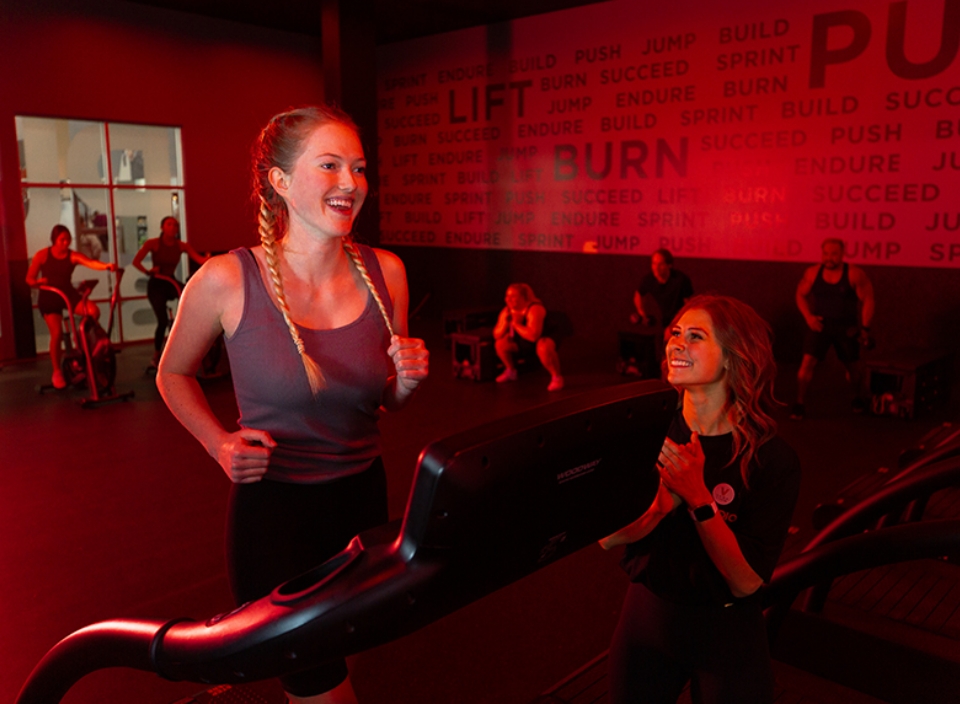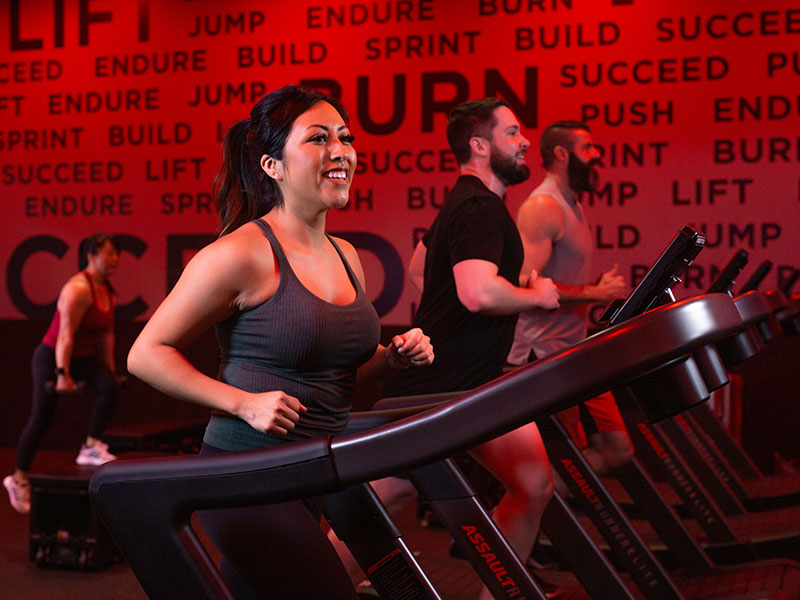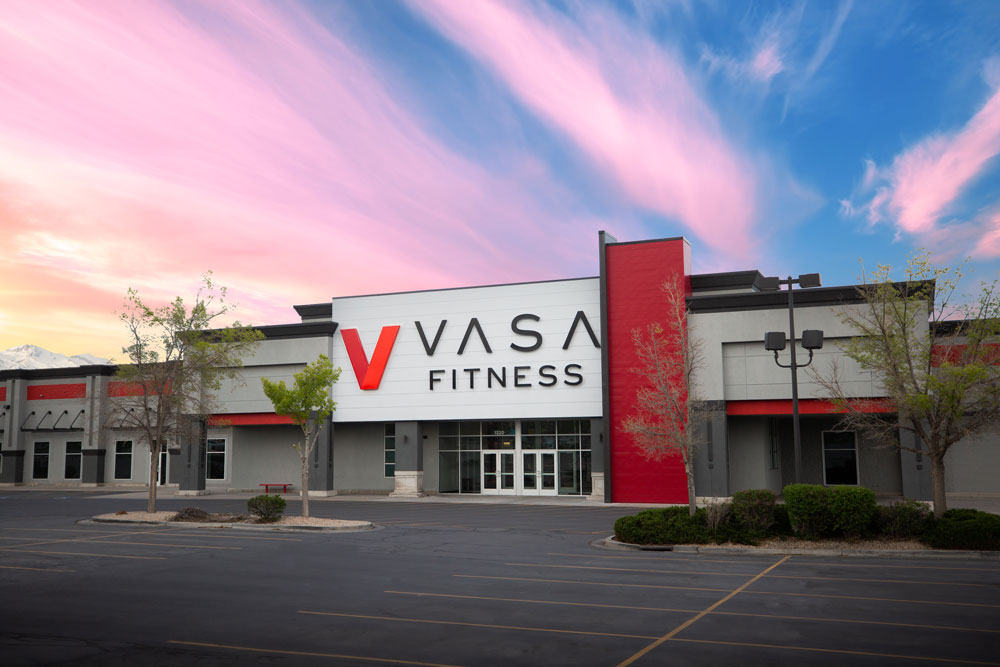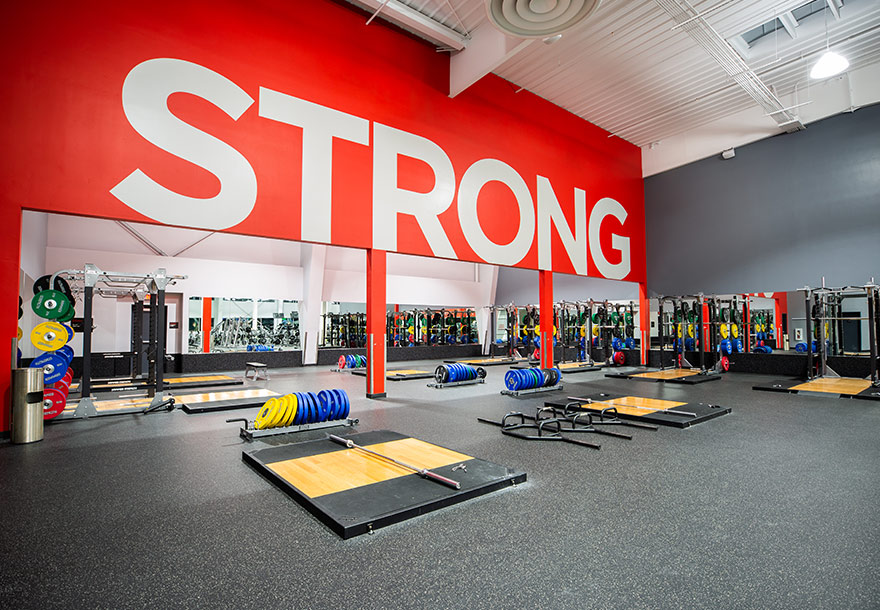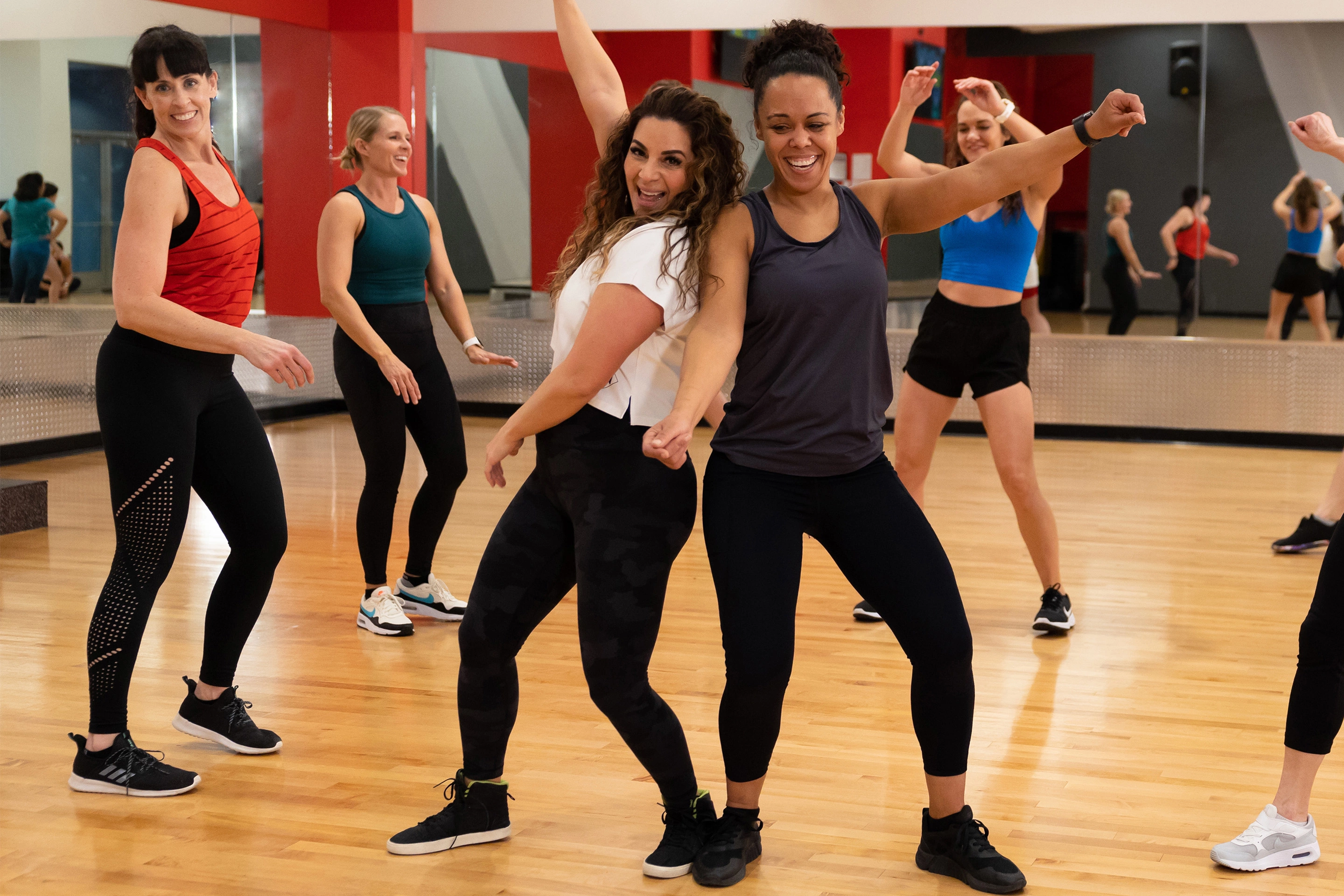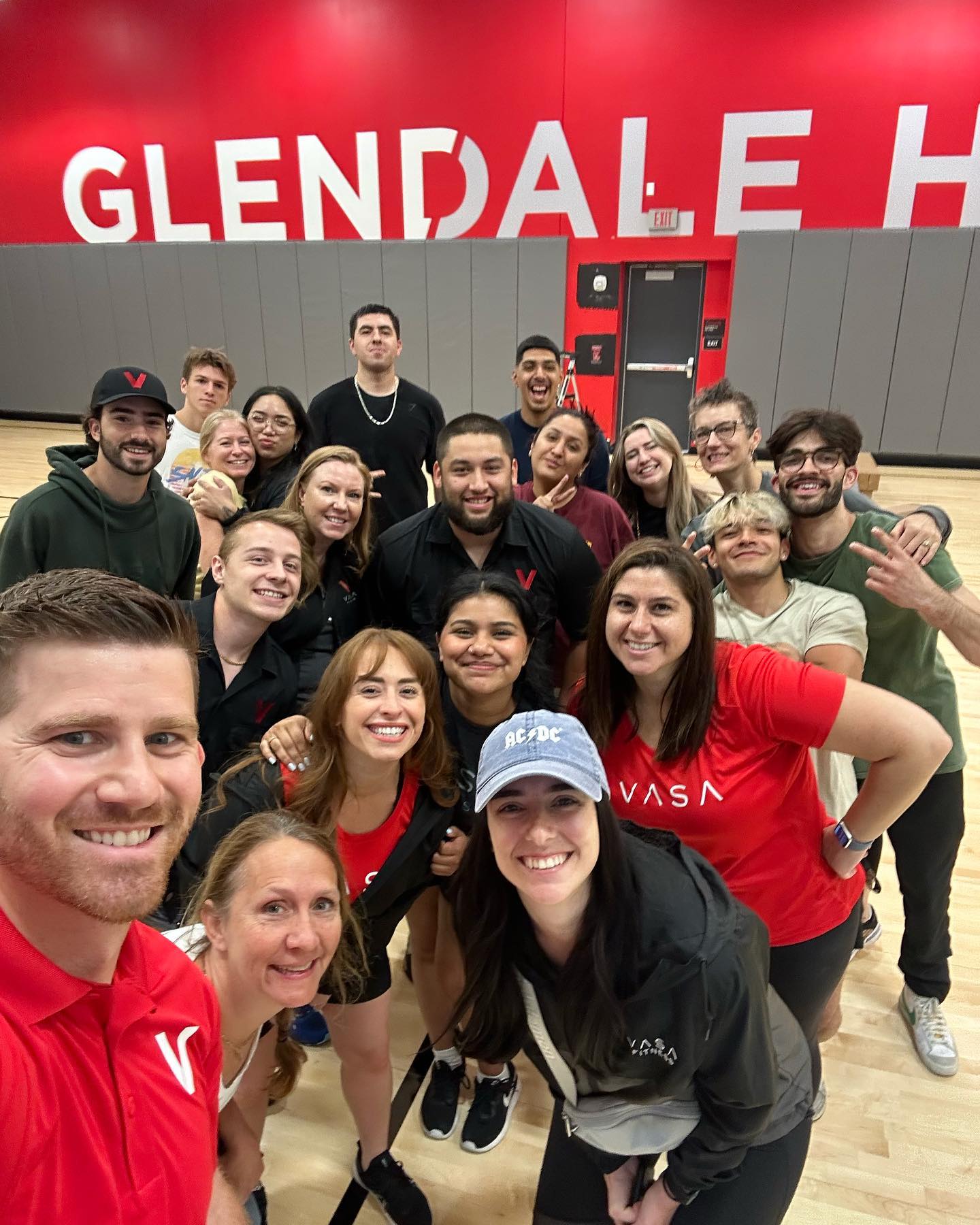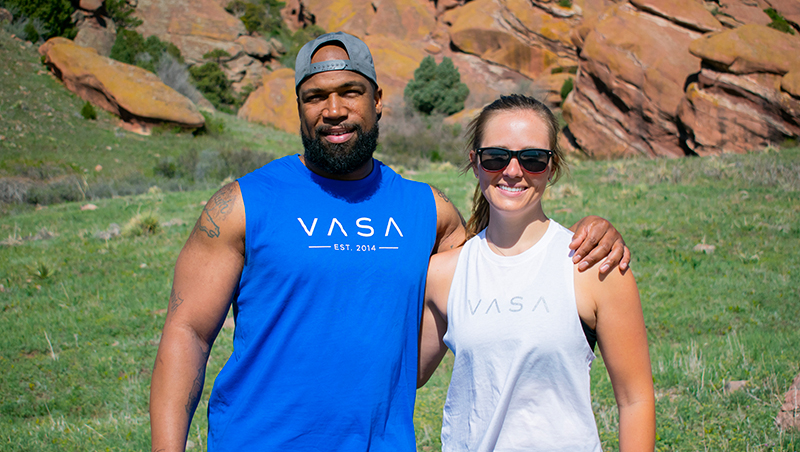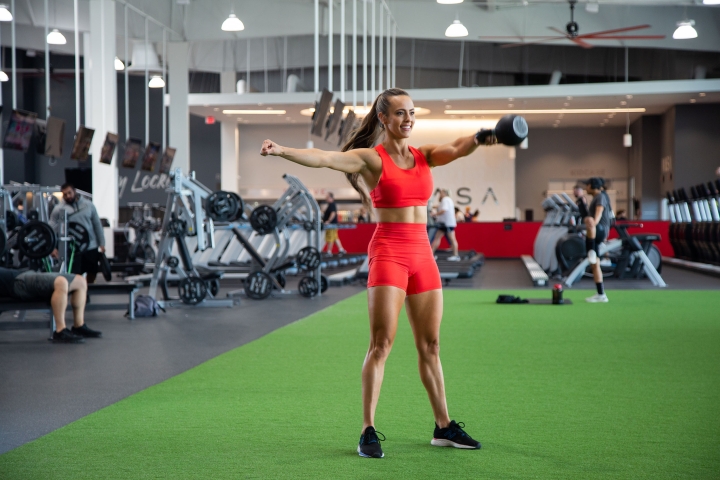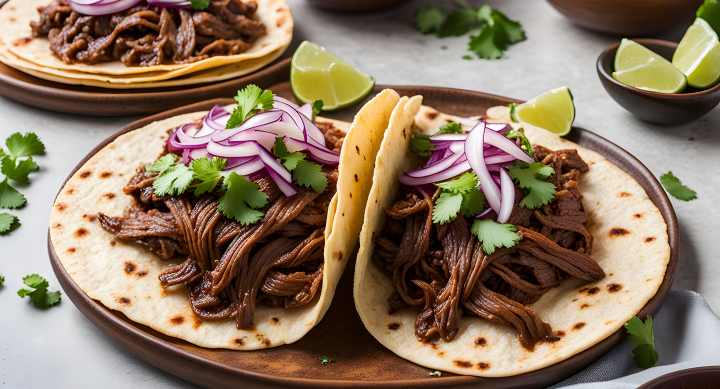Summary
High-Intensity Interval Training (HIIT) is a time-efficient, full-body workout style that combines short bursts of intense effort with recovery periods. Whether you’re doing cardio, strength, or a mix of both, HIIT challenges your heart, lungs, and muscles while delivering major fitness benefits in a short amount of time. It burns more calories in less time, boosts heart health, improves oxygen flow, and leaves you feeling energized and alert, all without spending hours in the gym.
This article breaks down how HIIT works, the top physical and mental benefits, and how to structure your own HIIT workouts. It also includes sample strength, cardio, and hybrid routines, plus info on how VASA’s STUDIO RED can give you a powerful, coach-led HIIT experience.
Key Points:
- HIIT alternates intense work with rest periods to build strength,
- HIIT improves heart function, blood pressure regulation, and circulation to working muscles.
- Quick, intense workouts enhance mental clarity and energy levels.
- HIIT is ideal when you’re short on time—just 20–30 minutes can deliver a full-body workout.
- Use an 8/10 effort level during the work phase and allow full recovery in rest periods.
- Vary your intervals to engage different energy systems and keep workouts fresh.
- STUDIO RED at VASA offers a fun, fast-paced group HIIT experience led by certified coaches.
Who It’s For:
Anyone looking for an efficient, effective workout—whether you’re trying to burn fat, boost endurance, build strength, or just make the most of limited time at the gym. Perfect for beginners and experienced athletes alike.
Often, when people think of exercise, they think of continuous exercises such as running or biking. However, high-intensity interval training (HIIT) workouts are one of the most popular ways to improve overall fitness. These relatively quick, very intense workouts challenge the cardiovascular and respiratory systems along with most of the major muscle groups.
HIIT training involves short bursts of work (usually measured by heart rate or rate of perceived exertion) followed by a period of rest to allow the heart rate to return to a resting level. The work intervals can be any length of time, but the rest intervals are typically one to five times the length of the work interval so the body has enough time to rest. For example, 30 seconds of work could be followed by anywhere from 30 seconds to two and a half minutes of rest. The longer the rest interval, the more strength or power can be exerted during the work interval. Shorter rest intervals help improve overall cardiovascular fitness.
HIIT workouts can include cardio intervals, strength intervals, or a combination of the two. When paired with lower intensity, endurance-based work, a person can improve their ability to work at a high intensity for longer periods of time and then recover more quickly.
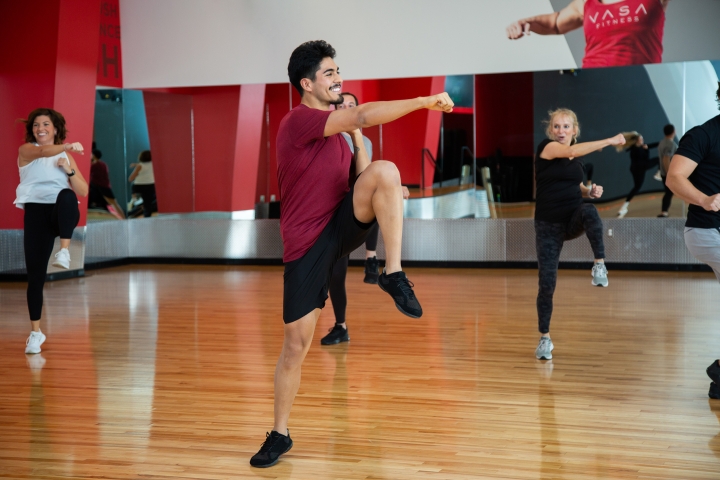
What Are the Benefits of High Intensity Interval Training?
High Intensity Interval Training Burns More Calories in Less Time
When compared to low-intensity, steady cardio like walking, jogging, the elliptical, or stair stepper, HIIT requires more energy because the work is done with greater intensity and activates more muscles, therefore elevating the heart rate to higher levels and burning more calories. For example, a 20-minute HIIT workout can burn the same number of calories as 45 minutes of lower intensity work. High-intensity workouts tend to use carbohydrates as the main source of energy. While you burn more calories in a shorter amount of time, the amount of fat burned in the shorter workout is about the same as a longer, lower-intensity workout.
So if you’re looking to burn fat, you don’t need to focus on traditional endurance training or doing tons of cardio. Incorporating HIIT workouts into your training program is a great option.
High Intensity Exercise Improves Heart Health
Making the heart work harder improves things like cardiac output (amount of blood pumped per beat) during the workout and regulating blood pressure outside of the workout. The more efficient the heart is at moving blood through the arteries and veins that connect it to your muscles, the better your overall fitness typically is. Anyone from a regular gym-goer to someone in a cardiac rehabilitation program can see the benefits of HIIT; the only thing that will vary is the relative intensity of the work being performed for the same benefits.
HITT Improves Oxygen and Blood Flow
As your heart health improves, so will the blood flow to your working muscles. Blood carries oxygen to muscles and removes carbon dioxide so they can continue to work hard. Once the workout is over and the heart isn’t beating as heavily, the blood vessels stay dilated (opened wider), which allows blood to flow to all areas of the body, spurring the recovery process. Over time, blood vessels learn to relax when they are not working, which lowers resting blood pressure and helps manage blood pressure during the workout.
A common measure of this is called your VO2 max, or how much oxygen your body can tap into during intense exercise, like HIIT. As you do these workouts, you’ll not only burn calories but also build up your VO2 max, which has so many health benefits.
These Exercises are Time Efficient
When you are short on time but still want to get a workout in, HIIT is the way to go. It can help you add regular exercise to your busy schedule and improve your fitness level. Just 20 to 30 minutes of high-intensity intervals utilizing compound (multiple joints of the body) or full body movements can create a balanced workout that leaves you feeling good and gets your heart pumping. You will also have better mental clarity and improved alertness following a quick, intense workout when compared to taking a power nap or having another cup of coffee.
Keep this in mind to get the most out of your next HIIT workout:
- The “work” portion of the workout needs to be at least an 8/10 on the intensity scale.
- During the “rest” portion of the workout, your heart rate should return as close to your resting heart rate as possible.
- Avoid doing more than three HIIT workouts per week.
- Mix up your intervals and work-to-rest ratios so you utilize different energy systems.
Sample HIIT Workouts
Strength-based or weight training HIIT workout: Complete six reps of each exercise, then rest for 30 seconds. Repeat the circuit three to five times.
- Kettlebell Goblet Squat
- Dumbbell Push Press
- Kettlebell RDL
- Dumbbell Bent Over Row
Cardio-based HIIT workout: Repeat the intervals three to five times with brief periods of rest in between.
- Long: 5 minutes hard pace, 5 minutes easy/recovery pace
- Medium option: 1 minute hard, 2 minutes easy pace
- Short Option: 30 seconds hard, 1 minute recovery
Combination strength + cardio: Complete all the exercises, then rest for three minutes. Repeat three to five times.
- 10 squats
- 10 pushups
- 10 lunges
- Sprint 25 yards
If you don’t want to create your own HIIT workout or prefer working out with a group, STUDIO RED is a great option! With two cardio and two strength-based stations, the intervals will fly by as you get in a balanced, full-body HIIT workout alongside fellow VASA members and a certified Coach. Come in and check out a free workout today!
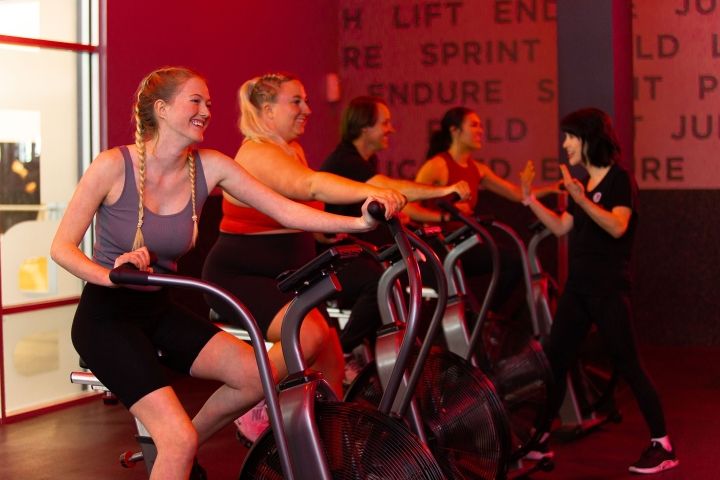
RECOMMENDED
SUBSCRIBE TO OUR BLOG
Enter your email to start receiving our blog emails!
